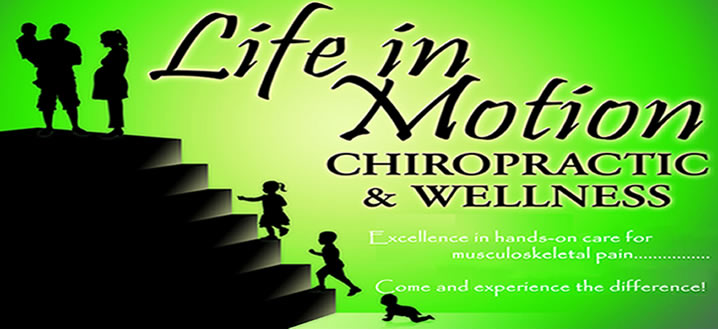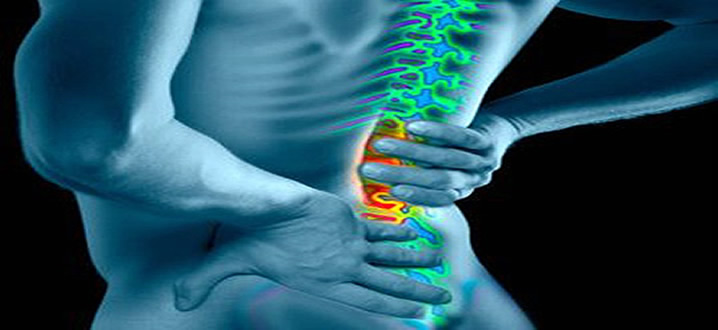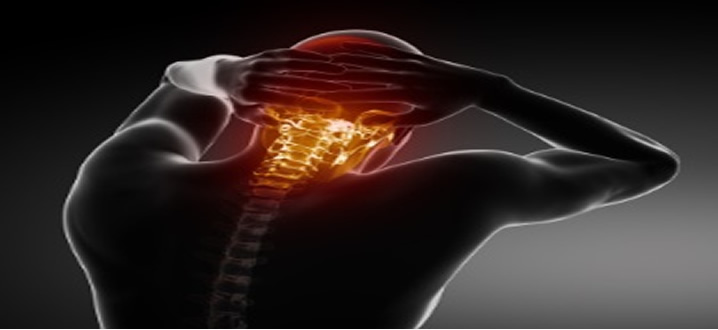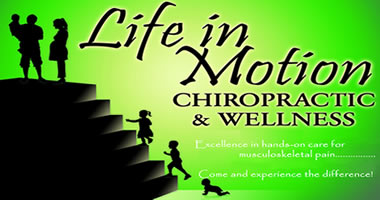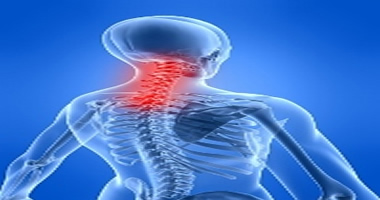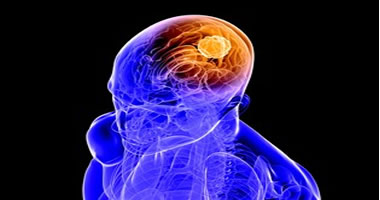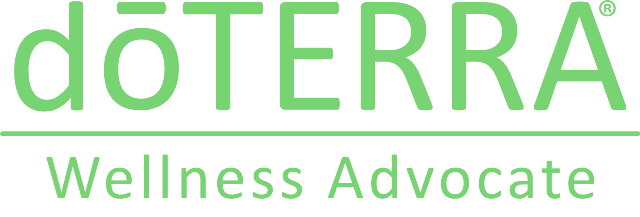Chiropractors Near Me Who Treat Neck Pain
| Neck Pain and Chiropractic Medicine [Published on Sep 09, 2012] This message on Neck Pain and Chiropractic Medicine is brought to you as a public service by the West Hartford Group (WHG). |
On occasion every man, woman, and child has or will experience minor neck aches, pain, and stiffness. This condition is usually due to overuse or holding the head in an awkward position. The good news is that situations such as these clear up on their own after a day of rest or a good night’s sleep. However, neck pain and stiffness that persists for more than a 24 hour period should have professional evaluation. Aside from pain and stiffness, several other complaints can be generated by problems in the cervical spine (aka: neck). These symptoms include: dizziness, headache, pain in the ears, face, and scalp; pain in the shoulder-arm-hand, and numbness/tingling in one or more of the fingers; all of which are some of the more common complaints seen in a chiropractic office.
The neck is very susceptible to stresses and strains from any source and is strained more than any other structure in the body. Why is this you may ask? Well keep in mind that the cervical spine is composed of seven small vertebrae and supported by muscles and ligaments which have to hold and balance a head, which on average, weighs ten pounds!
Chiropractic care has been shown to help complaints such as these and the research tells us this:
- In 2001, a study conducted at the Institute for Research in Extramural Medicine in the Netherlands compared manual therapy (i.e. soft tissue mobilization & joint manipulation), physical therapy, and general practitioner care for acute and chronic neck pain. The patients that received manual therapy had faster improvement and significantly less pain than the other two groups both in the short and long term.1
- The research also finds that the treatment of neck pain via manual therapy is also an economical way to address issues in the cervical spine. The 2001 study conducted at Wageningen University in the Netherlands provides one of the finest examples to date in the back and neck pain literature of a cost-effectiveness analysis in conjunction with a randomized control trial.23* This study compared manual therapy (i.e. soft tissue mobilization & joint manipulation), physical therapy, and general practitioner care for neck pain. The palliative effects obtained from each form of therapy, regardless of the associated demographic, as well as, all the costs associated with the application of each form of care, regardless of who paid for treatment was examined. Subsequently a comprehensive assessment of costs relative to that perspective was then performed.6 Effectiveness measures included perceived recovery, pain, intensity, and disability. Quality of life (measured by the EuroQol 5D)4 was used as the utility measure and expressed in quality-adjusted life years (QALYs). The results indicated that manual therapy was more cost effective and less costly than physical therapy and general practitioner care.5
In 2008 the best-evidence synthesis conducted by the Bone and Joint Decade 2000-2010 Task Force on Neck Pain and Its Associated Disorders was published in SPINE .6 This 50-member multi-disciplinary group of researchers screened 31,878 citations regarding neck pain and found 1,203 of these articles relevant for review. These selections were further distilled into a collection of 552 of the most “scientifically admissible” papers regarding the epidemiology, diagnosis, prognosis, treatment, and economic cost of neck pain.
The Task Force recommends that neck pain be classified into four (4) grades:
- Grade 1: Neck pain with little or no interference with activities of daily living
- Grade 2: Neck pain that limits activities of daily living
- Grade 3: Neck pain associated with a pinched nerve in the spine (a.k.a. radiculopathy)
- Grade 4: Neck pain with serious pathology (i.e. fracture, infection, systemic disease, tumor)
The Task Force concluded the following:
- Usually there is no single cause of neck pain , there are multiple factors.
- Most neck pain doesn’t result from serious injury or disease.
- Unless physical exam and patient history warrant it, imaging studies such as X-ray, CT scan, and MRI won’t increase the understanding of the provocative factors for your neck pain .
- Subsequently, degenerative changes viewed during medical imaging procedures are not a predicating factor of neck pain . They = “grey hair of the spine”.7
- Self-Efficacy is a viable course of care: stay active, exercise, reduce mental stress, and if necessary try over-the-counter pain relievers.8
- Have realistic expectations for relief and if a course of treatment does not elicit symptom improvement after two to four weeks explore other avenues of care.
Task Force treatment recommendations:
- Most neck pain is Grade 1 or 2 and some of the treatment methods found to be effective are education, exercise, mobilization, manipulation, and massage; skills the doctors at Life in Motion Chiropractic and Wellness are well trained in.
- With regard to Grade 3 neck pain; there is no clear evidence that surgical treatment provides better long term outcomes than non-invasive forms of care.
| Learn More about our treatment approach to bulging disc in neck ☜ HERE |
| Learn More about the safety of neck cracking☜ HERE |
 |
Chronic Neck Pain: What Condition is Causing My Neck Pain? |
| (1) Hoving JL. Neck pain in primary care: The effects of commonly applied interventions [thesis/dissertation]. The Netherlands: Institute for research in Extramural Medicine (EMGO Institute) of the Vrije Universiteit, 2001. |
| (2) Haldeman S,ed., et al. Principles and Practice of Chiropractic. New York: McGraw Hill, 2005 |
| (3) Korthals-de Bos IBC, Hoving JL, van Tulder MW, et al. Manual therapy is more cost-effective than physical therapy and GP care for patients with neck pain. In: Hoving JL, ed. Neck pain in primary care: The effects of commonly applied interventions. Wageningen: Pons & Looijen, 2001:76-89 |
| (*) The randomized control trial is considered an absolutely indispensable aspect of research methodology because it provides the most reliable estimate of treatment effect with the least biased method of causal inference. |
| (4) EuroQol – A new facility for the measurement of health-related quality of life. Health Policy 1990;16: 199-208 |
| (5) Brazier J, Deverill M, Green C. Harper R, Booth A. A review of the use of health status measures in economic evaluation. Health Technol Assess 1999; 3(9): 1-161 |
| (6) Haldeman, Scott, Linda Carroll, David Cassidy, Jon Schubert, and Ake Nygren. "The Bone and Joint Decade 2000-2010 Task Force on Neck Pain and Its Associated Disorders - Executive Summary." SPINE 33.4S (2008): S5-S7. Print. |
| (7) "Spondylosis." www.spinemd.com. Virginia Spine Institute, 2014. Web. 23 Nov. 2014. <http://www.spinemd.com/symptoms-conditions/spondylosis>. |
| (8) The contents of our website, such as text, graphics, images, and other material contained on the Life in Motion Chiropractic and Wellness website (a.k.a. content) are for informational purposes only. This content is not intended to be a substitute for professional medical advice, diagnosis, or treatment. Always seek the advice of a physician or other qualified health provider with any questions you may have regarding a medical condition. Never disregard professional medical advice or delay in seeking it because of something you have read on the Life in Motion Chiropractic and Wellness website. |
